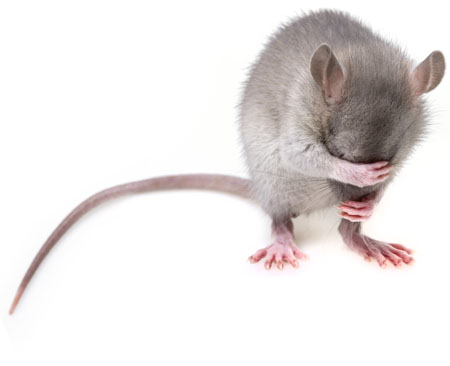Biomarkers are a recent research target within biological factors of psychiatric disorders. There is growing evidence for deriving biomarkers within psychiatric disorders in serum or urine samples in humans, however, few studies have investigated this differentiation in brain or cerebral fluid samples in psychiatric disorders. As brain samples from humans are only available at autopsy, animal models are commonly applied to determine the pathogenesis of psychiatric diseases and to test treatment strategies. The aim of this review is to summarize studies on biomarkers in animal models for psychiatric disorders.
For depression, anxiety and addiction disorders studies, biomarkers in animal brains are available. Furthermore, several studies have investigated psychiatric medication, e.g., antipsychotics, antidepressants, or mood stabilizers, in animals. The most notable changes in biomarkers in depressed animal models were related to the glutamate-γ-aminobutyric acid-glutamine-cycle. In anxiety models, alterations in amino acid and energy metabolism (i.e., mitochondrial regulation) were observed. Addicted animals showed several biomarkers according to the induced drugs. In summary, animal models provide some direct insights into the cellular metabolites that are produced during psychiatric processes. In addition, the influence on biomarkers due to short- or long-term medication is a noticeable finding.
Further studies should combine representative animal models and human studies on cerebral fluid to improve insight into mental disorders and advance the development of novel treatment strategies.

